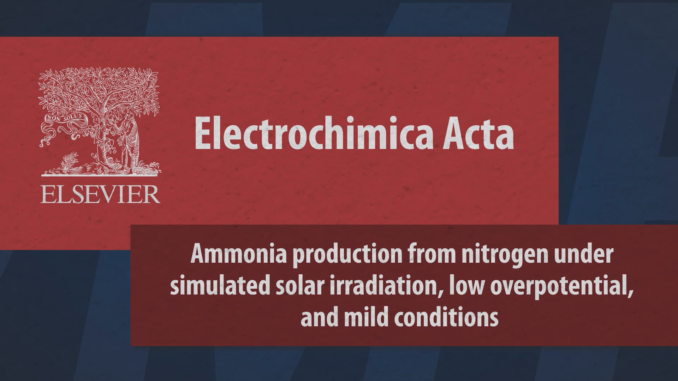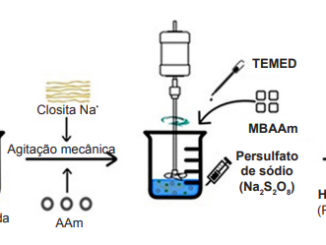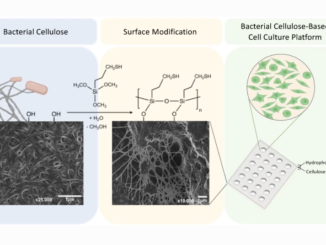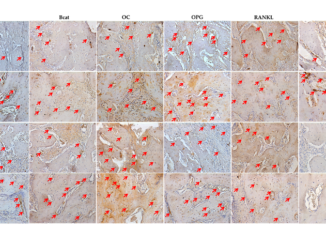
Ammonia production from nitrogen under simulated solar irradiation, low overpotential, and mild conditions
Abstract: Here, we describe a strategy for the mild synthesis of ammonia (NH3) from the photoelectrocatalytic reduction of dinitrogen. A gas diffusion layer (GDL)-confined antimony selenide photocathode decorated with platinum particles (GDL/Sb2Se3-Pt) was used for this purpose. The photoelectrocatalytic reduction of N2 using GDL/Sb2Se3-Pt, under −0.3 VAg/AgCl applied bias potential and solar irradiation (with a solar simulator and an incident intensity of 100 mW cm−2), was able to produce six times more NH3 than using the catalyst without Pt modification, reaching a value of 0.50 µmol h−1 cm−2 in a single-cell reactor with 60% Faradaic efficiency. Identical experimental conditions were applied for the photocatalysis and electrocatalysis modes, and the photoelectrocatalysis mode proved to be at least 500% more effective than the other two for NH3 synthesis. Platinum was replaced by Pd nanoparticles with very similar outcomes showing that the noble metal role was related to its electron scavenger ability improving the charge transfer in the interface semiconductor/electrolyte. These results are deemed significant in terms of the need for substitutes to the energy-intensive Haber-Bosch process currently used for NH3 production.
Author(s): Brito, J.F.; Costa, M.B.; Rajeshwar, K.; Mascaro, L.H.
Electrochimica Acta
Published: 20 July 2022, Volume 421, 140475
DOI: https://doi.org/10.1016/j.electacta.2022.140475
CDMF
The CDMF, hosted at the Federal University of São Carlos (UFSCar), is one of the Research, Innovation and Dissemination Centers (RIDC) supported by the São Paulo State Research Support Foundation (Fapesp), and also receives investment from the National Council Scientific and Technological Development (CNPq), from the National Institute of Science and Technology of Materials in Nanotechnology (INCTMN).




